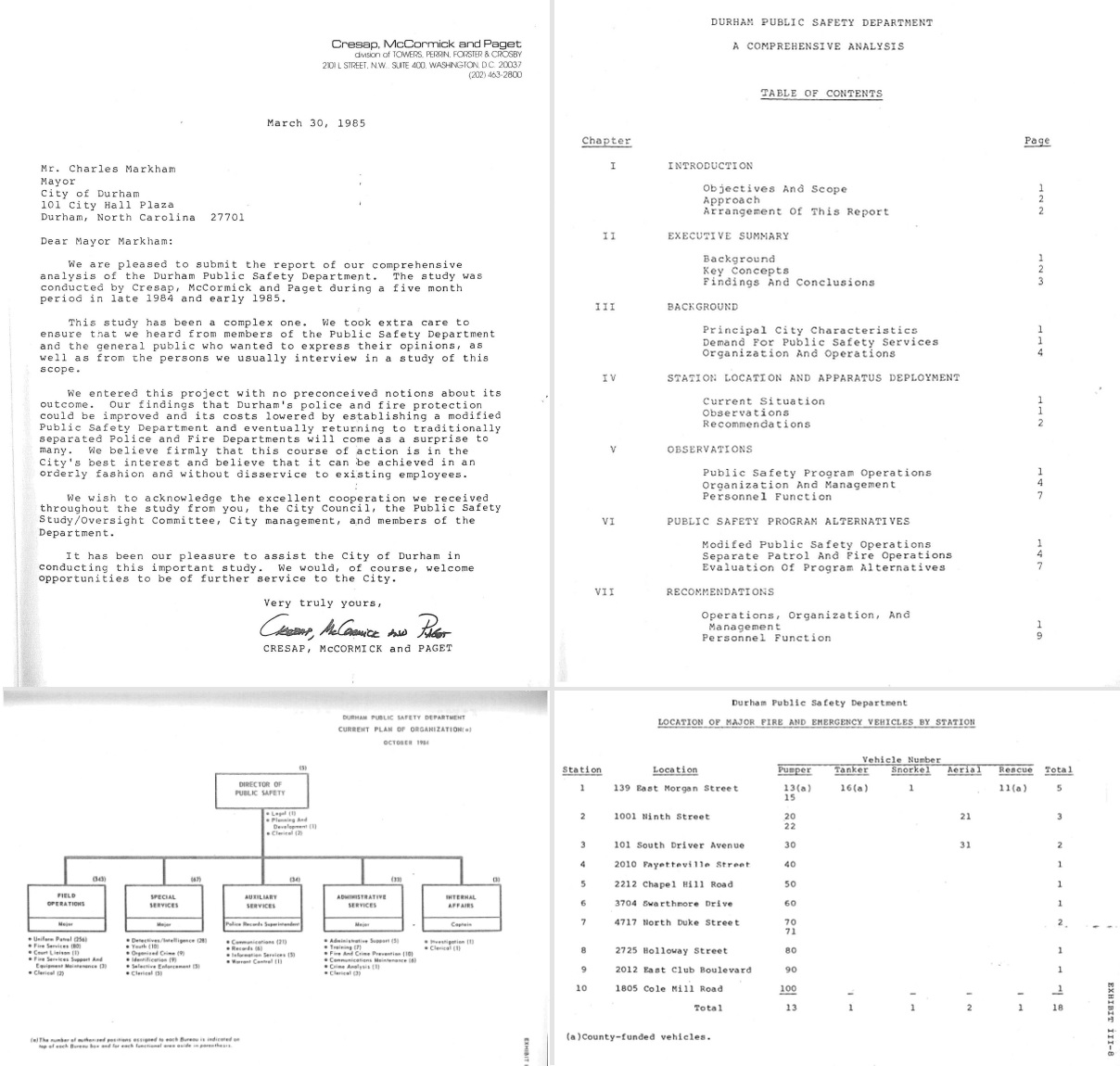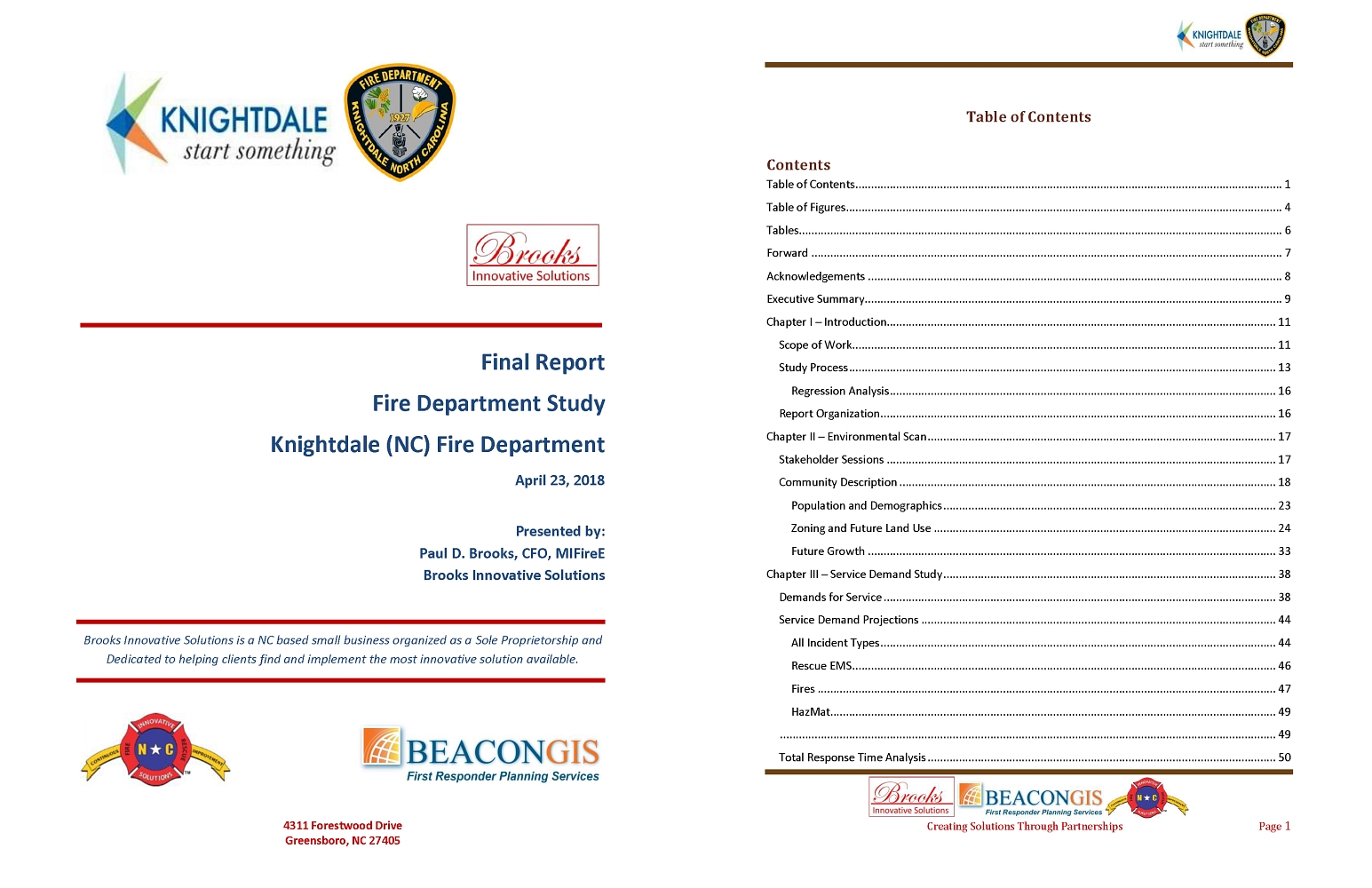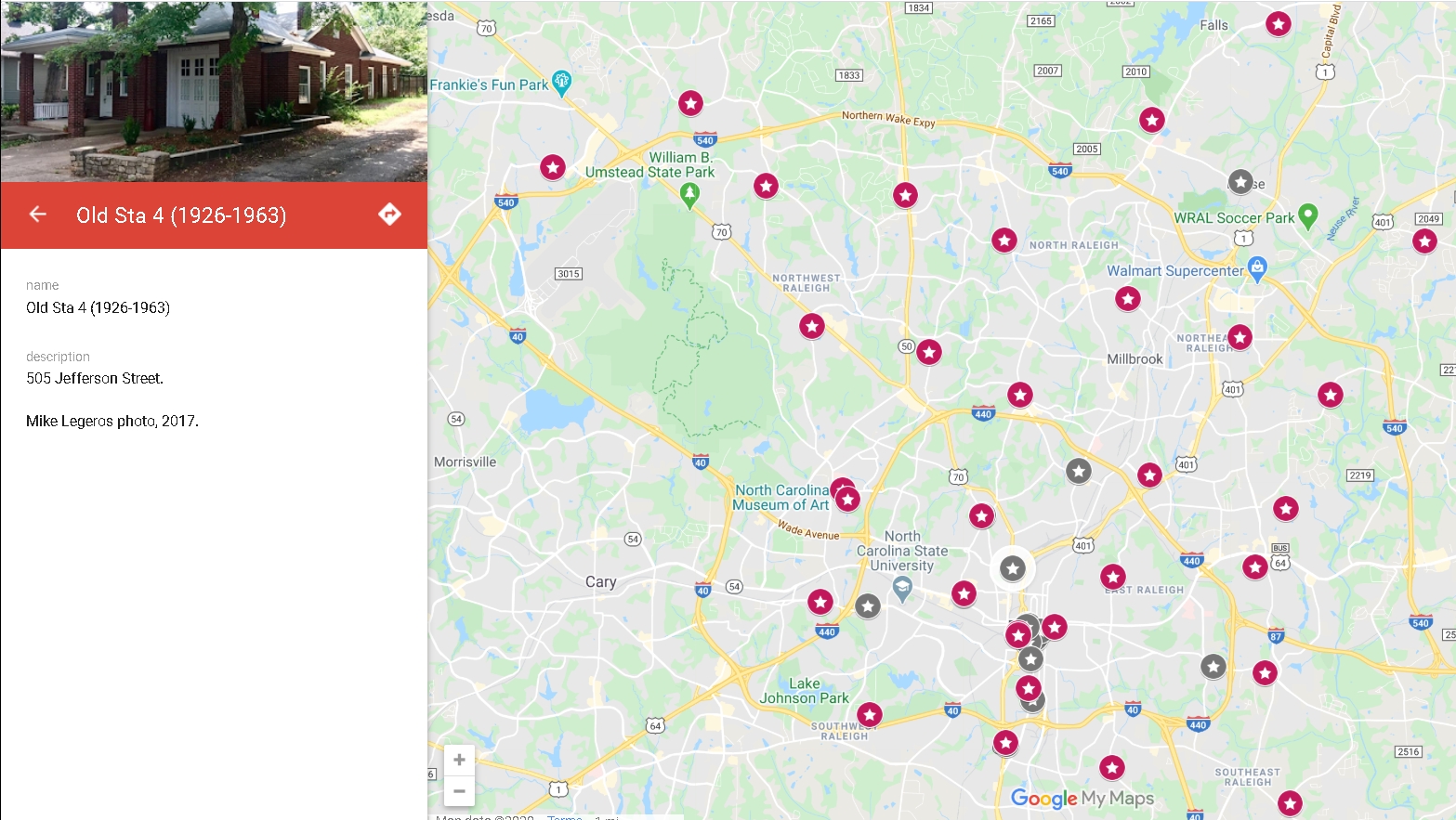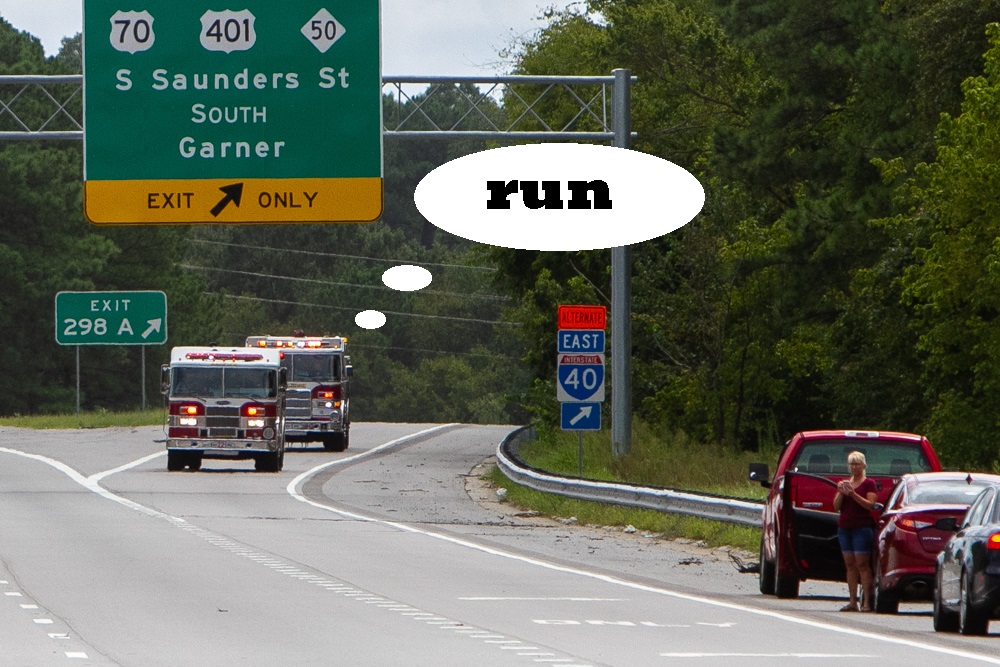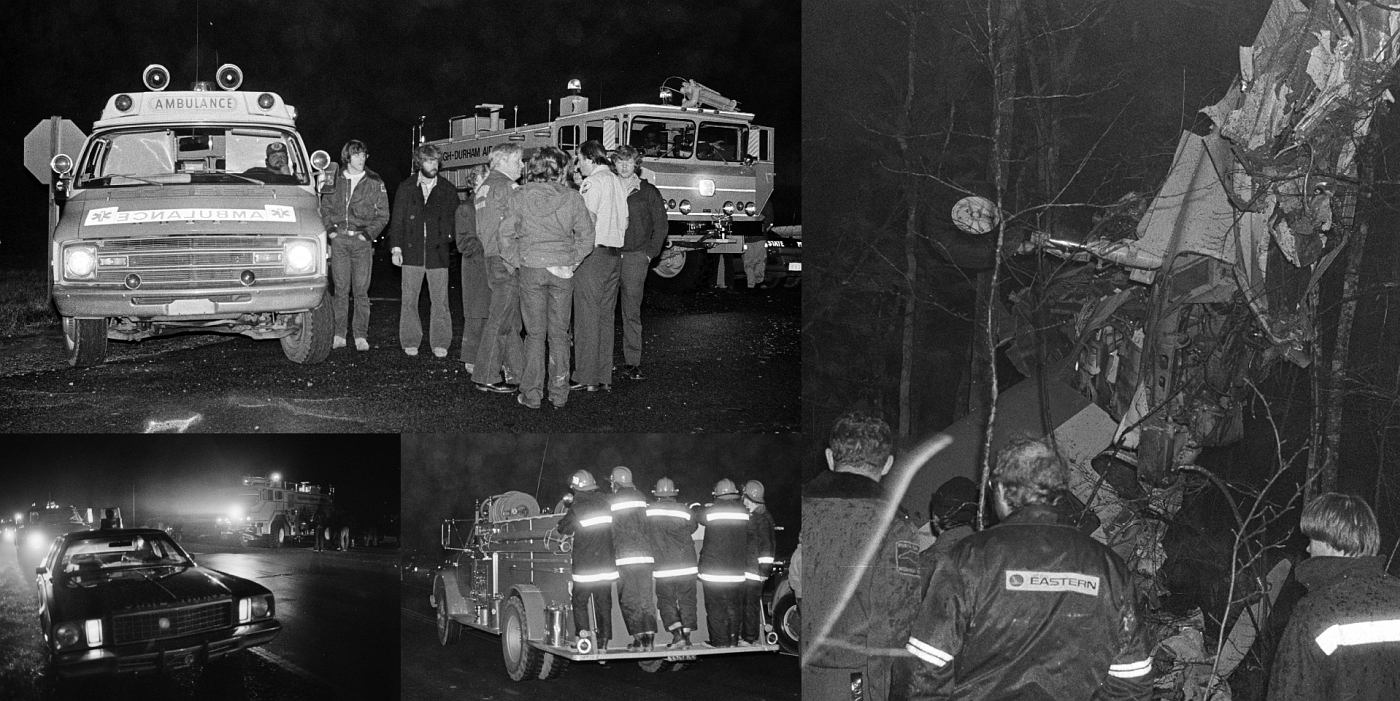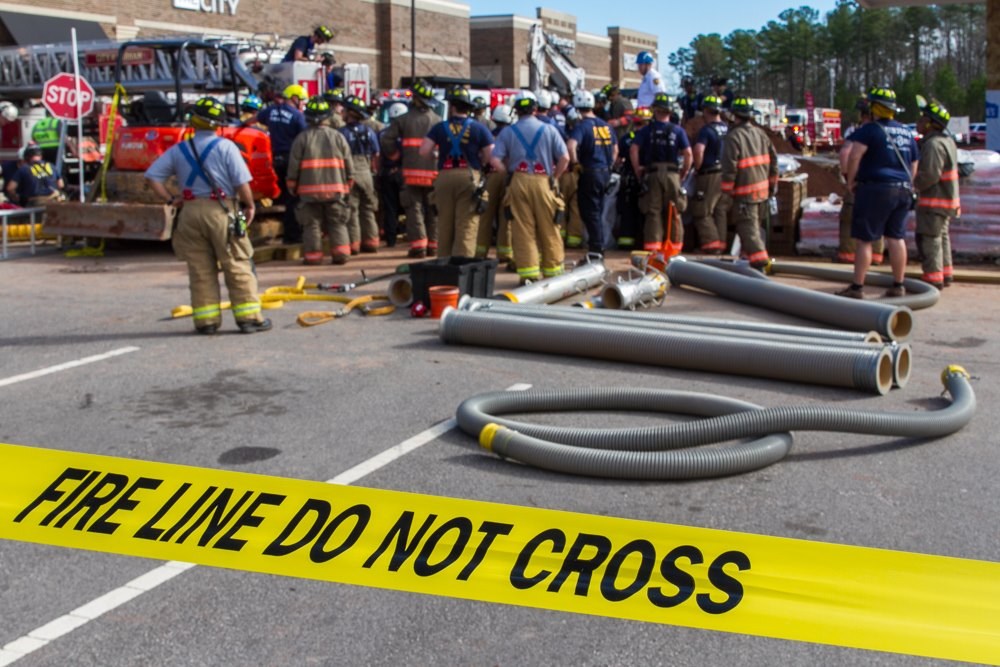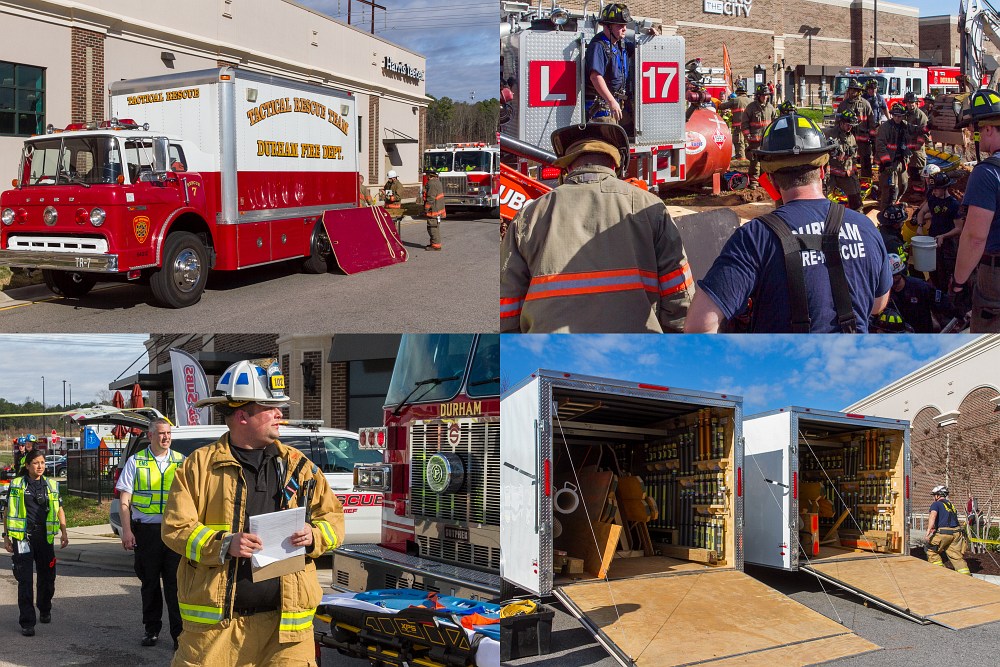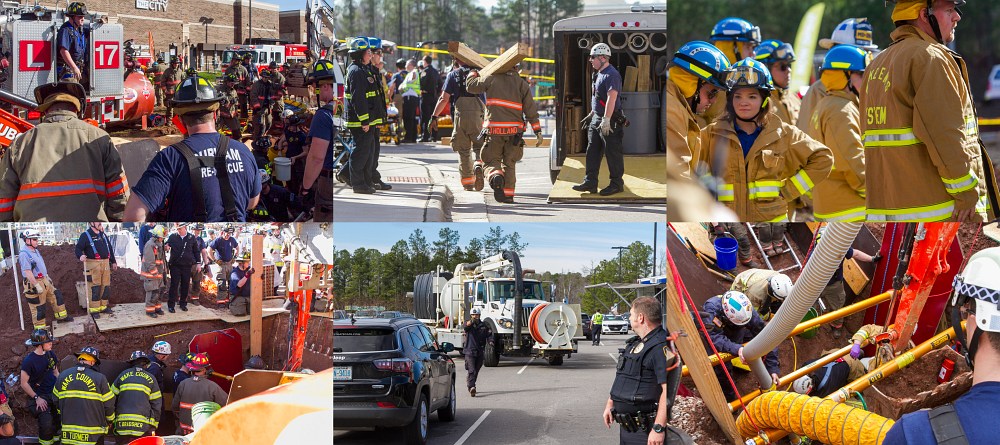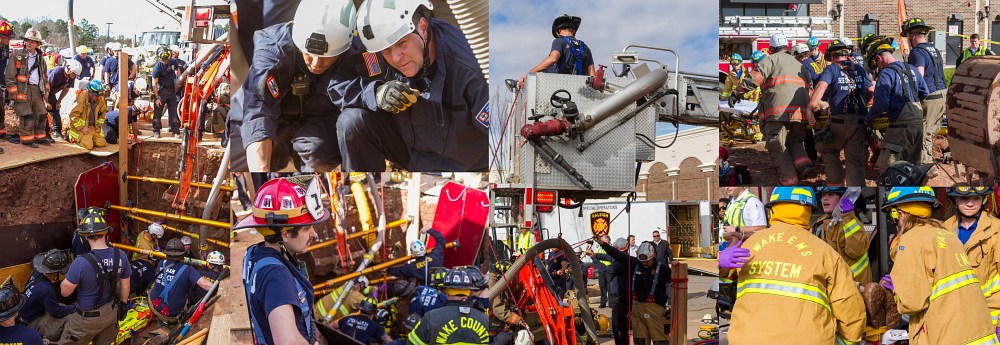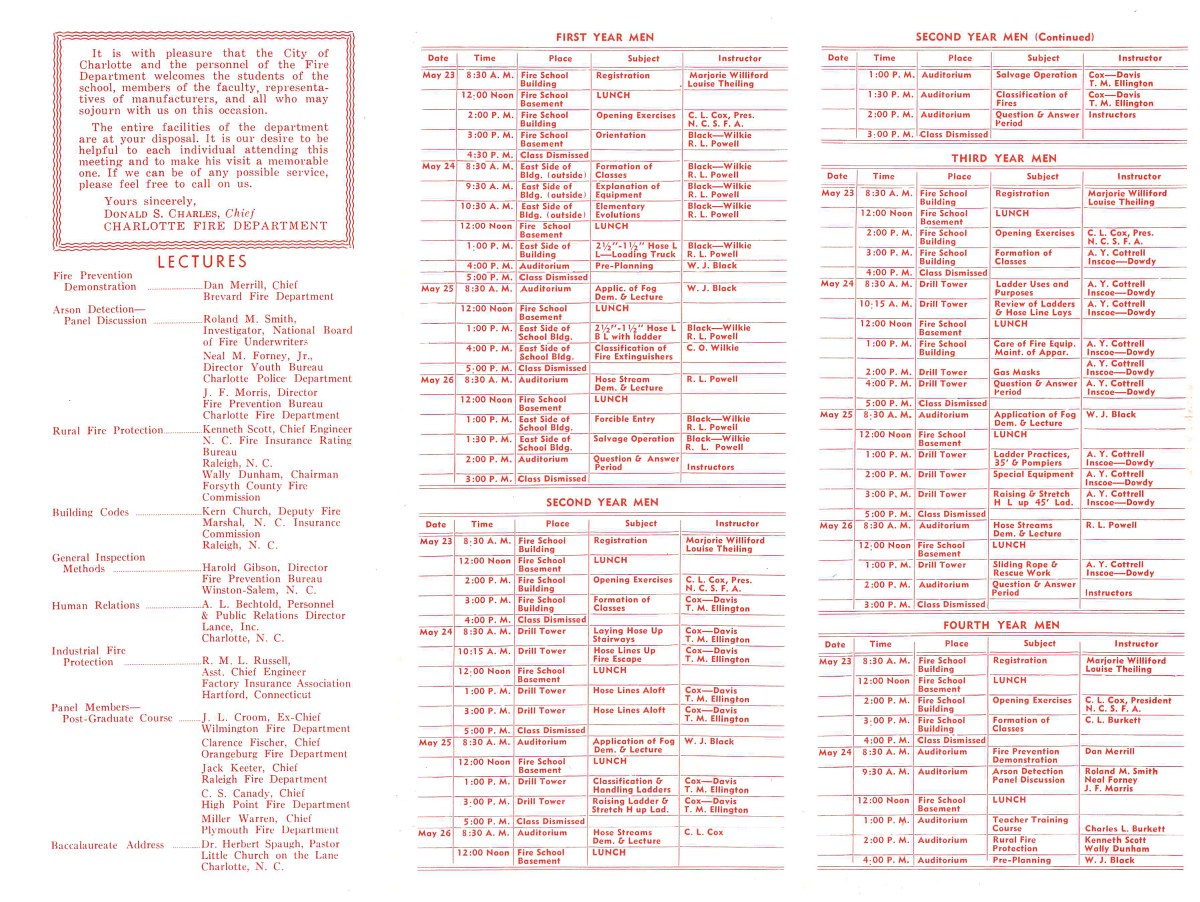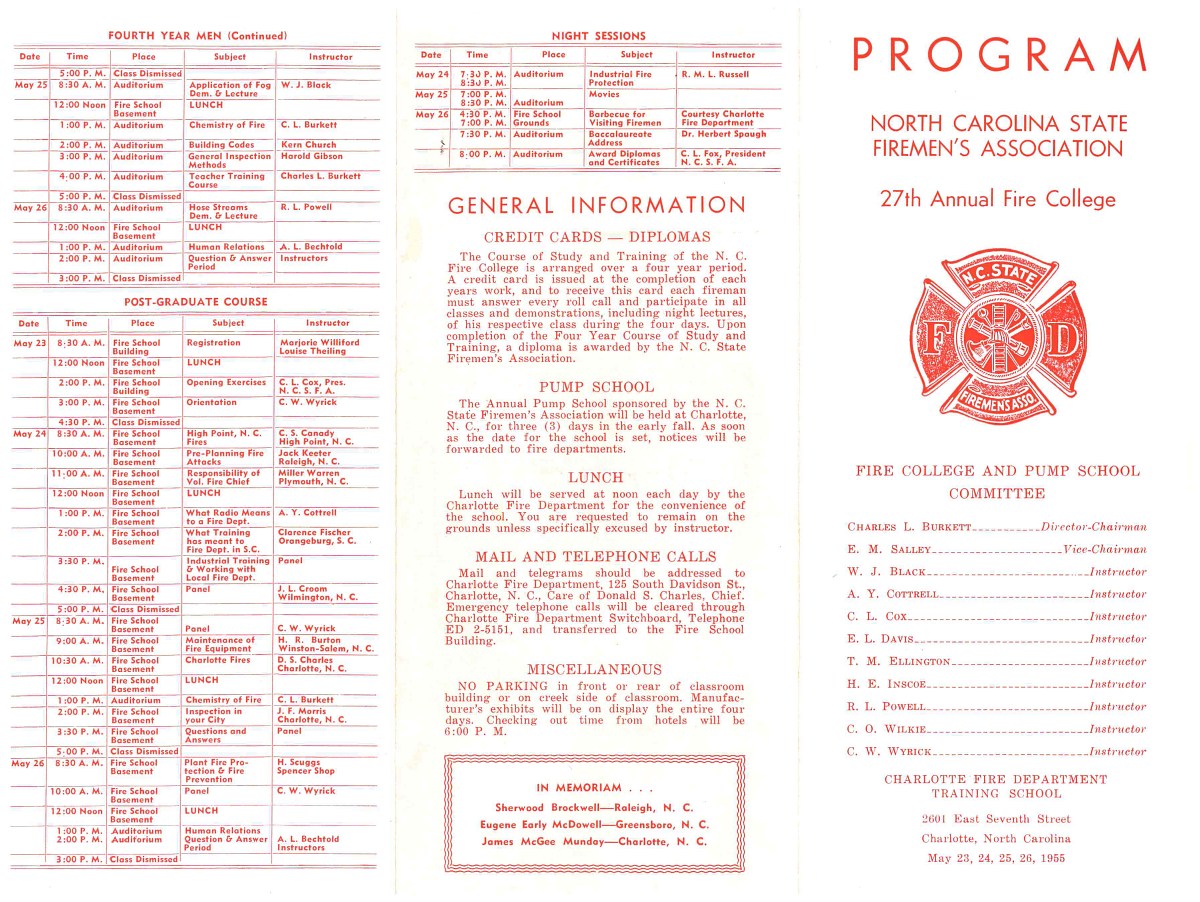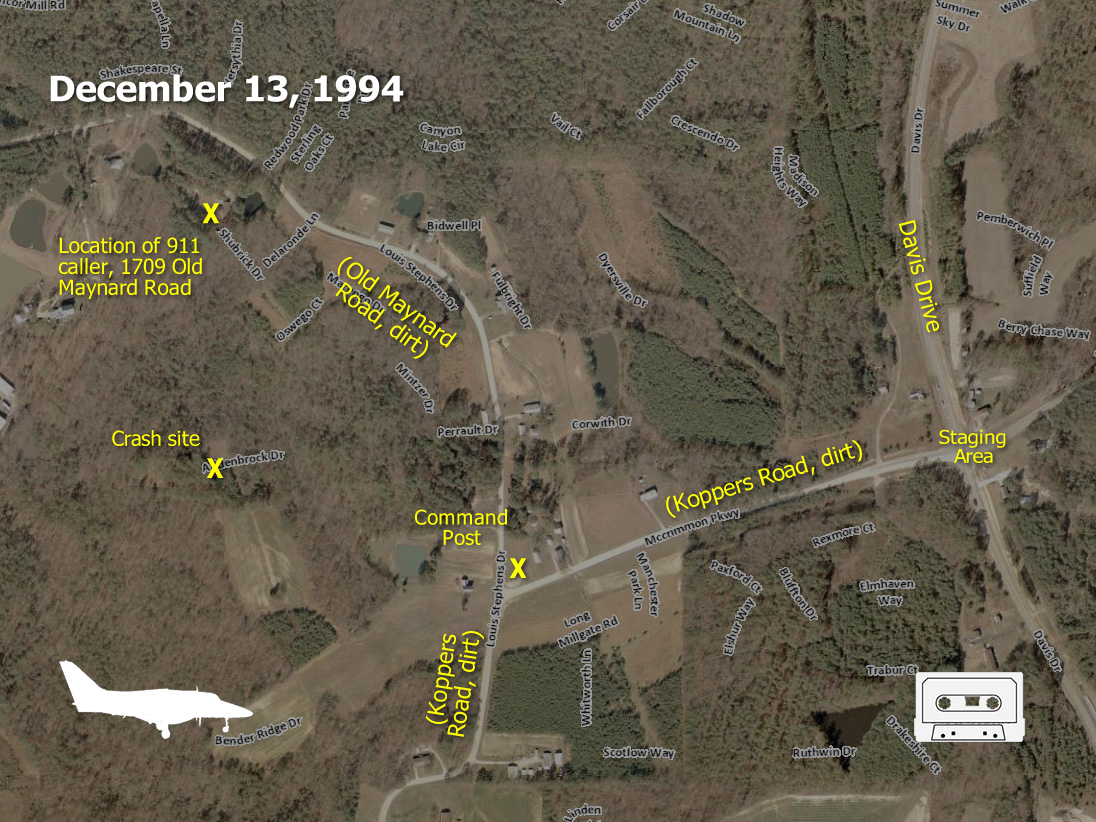The City of Raleigh recently received a pair of staffing studies about the fire and police departments. City Council received a summary of the reports at a work session on Monday, February 24, 2020. You can watch that work session at www.youtube.com/watch?v=jJJa30Nb9Qo. Start at 01:05:00. Below are links to the studies, the presentation slides, and a summary of the fire study recommendations:
Fire Department Study
Police Department Study
Public Safety Staffing Study – Presentation Slides to City Council
View documents at https://legeros.com/blog/docs/rps/
Fire Study
Report dated February 14, 2020
Matrix Consulting Group
155 pages
Summary of Recommendations:
System Improvements
- Increase the minimum staffing of seven engine companies [E1, E13, L4, E2, E3, E5, Sq7, E20, L7] from three personnel to four personnel to increase the resources necessary for maximum and high-risk structure fire responses. Begin with adding eight (8) FTE Firefighters to increase staffing of engines 1 and 13 in FY 2021. Monitor call demand and response performance annually to determine the need for additional resources.
- Completion of the renovations to and rebuilding of Stations 6, 11, and 22 is imperative to ensure adequate resources are available for the fire protection system.
- Monitor call demand and response performance to determine the need for additional resources.
Office of Fire Marshal
- Authorize a FTE Division Chief position in the Office of the Fire Marshal [to realign span of control, free time for Fire Marshal for other duties, etc.].
- Authorize three (3) additional FTE Deputy Fire Marshals in field inspections function to conduct follow-up inspections on violations found in existing occupancies.
- Continue to monitor growth in the City and add additional Deputy Fire Marshal (Inspectors) for each 750 occupancies requiring a mandatory inspection constructed in the City.
- Continue to monitor the growth in the City and add an additional plans examination staff when submittals exceed 6,000 annually
- Authorize one (1) additional FTE field inspector position and assign the position to work with the Special Projects Team.
- Continue to monitor the growth in the City and add additional Deputy Fire Marshal (Inspectors) for each 1,250 new construction occupancies requiring an inspection.
- Continue to develop the public safety education programs and increase exposure of fire and life safety programs to identified at risk groups in the City.
- Authorize three (3) FTE Senior Firefighter positions to conduct life safety education programs in the City and assign one to each of the inspection districts.
Training
- Authorize seven (7) FTE Instructor positions for the Training Division with a variety of expertise to support all functional areas in the Division and minimize impact on the Operations Division to provide instructors.
- Authorize a FTE recruitment specialist for the Training Division that reports to the Academy Captain.
- Convert the part-time Assistant EMS Coordinator to a full-time position.
- Authorize a FTE position focused on quality assurance and quality improvement of EMS [first responder] services.
Office of Fire Chief
- Reassign the Technology and Planning Units to report to the Support Services Division [to realign span of control to manageable levels].
- Authorize an analytical position to assist the Engineer Planning Officer in carrying out complex assignments.
- Authorize three (3) dedicated Safety Officers, one on each shift to respond to calls for service requiring a Safety Officer and investigate workplace accidents or incidents resulting in damage or injury.
Services
- Authorize two (2) clerical positions to the Support Services Division, one (1) in FY 2021 and one (1) in FY 2022 to provide clerical support and to assist in the management of inventory items.
- Authorize two (2) additional mechanics to the Support Services Division to improve the maintenance and repair of apparatus, other motorized equipment and staff vehicles.

